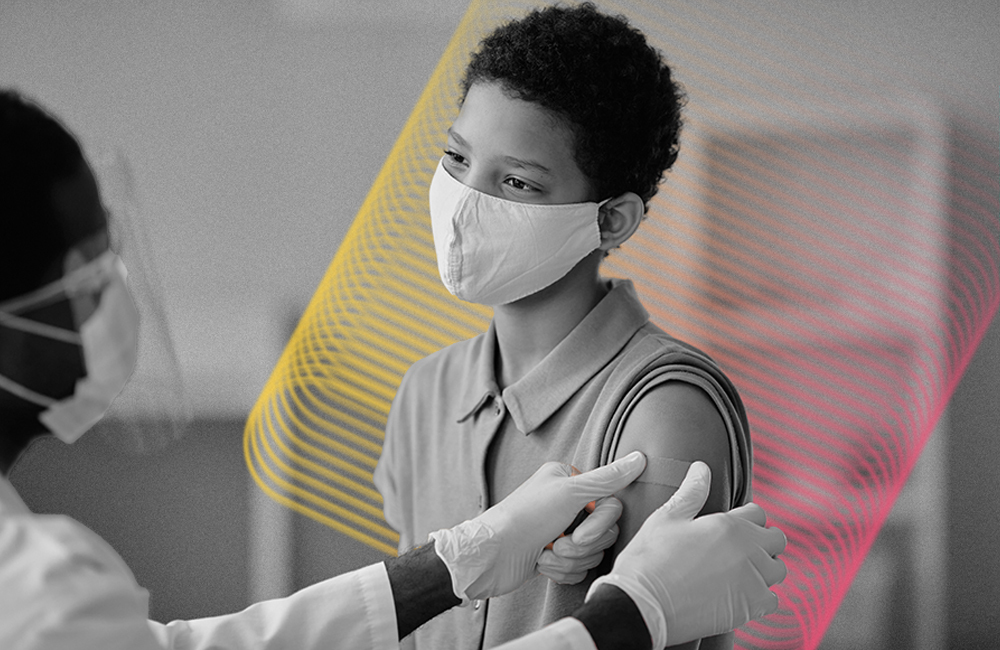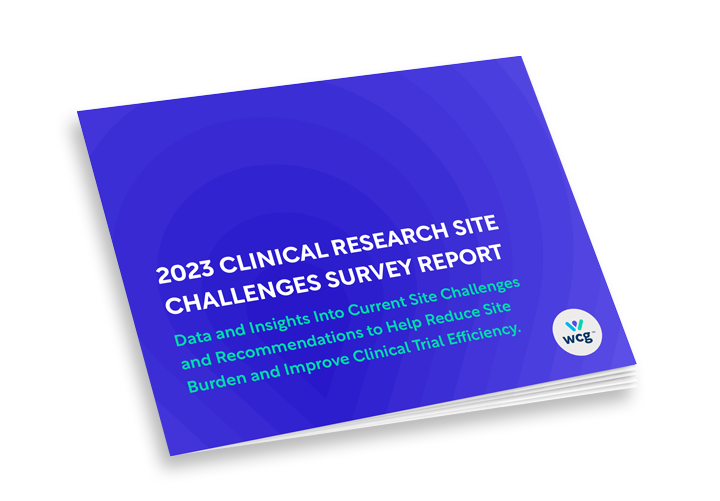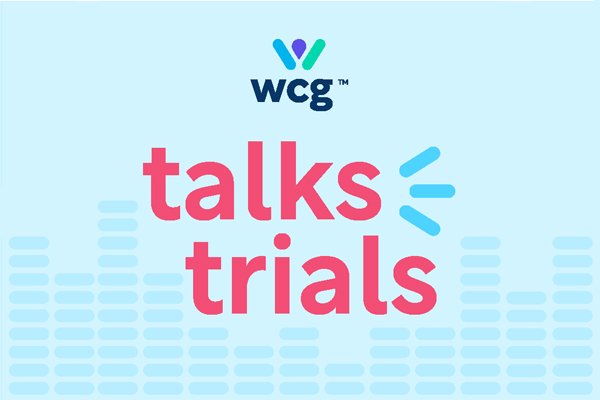The time it takes to finalize clinical trial agreements (CTAs) is among the most pressing challenges in clinical trials, but our industry proved during the COVID-19 pandemic that rapid improvement is possible. CTAs that previously took months to negotiate before the onset of the pandemic were suddenly finalized in a matter of days. However, CTA negotiations have largely reverted to pre-pandemic practices just as research on treatments and vaccines have allowed society to return to some form of normalcy. With trial volume normalizing after a post-pandemic boom and pharma and healthcare providers reconsidering their clinical trial portfolios and resources, those involved in clinical trial contracting have an opportunity to refine their processes and standards in a way that would bring us closer to those rapid turnarounds we saw during the pandemic.
We envision stakeholders seeking more opportunities to use a template or another source of agreed-upon language, including previous CTAs between parties and industry-recognized templates like those from ACTA and MAGI. While some sponsors may, for example, deem ACTA’s approach to GDPR or IP ownership insufficient to protect their interests, these types of issues do not preclude the use of templates. It just means some terms, but not all, may require adjustments before final agreement is reached. At the very least these resources can provide a great starting point, allowing the parties to focus on key issues, as was the case when the industry turned to those resources for rapid start-up on COVID-19 trials.
Contract teams will also look for ways to become more efficient in 2024 when templates are not used, and two ways to improve efficiency are through reprioritization of workload and revising internal standards, such as the CTA playbook. By prioritizing CTAs that are nearly complete ahead of new CTAs, you can shorten negotiation timelines and prevent overaccumulation of contracts on your to-do list. In other words, do not automatically relegate incoming tasks to the bottom of the priority list; focus on reducing the size of your to-do list by resolving those CTAs that can be finalized quickly. Just as we prioritized our vaccine and treatment trials during the pandemic, prioritizing those CTAs that are closest to finalization can have a tremendous effect on turnaround.
Drafting an adaptable CTA playbook that works within a wide variety of CTA templates will help set your contracts team up for efficient CTA negotiations in 2024 and beyond. Focus on key words, phrases, and concepts, with examples of agreeable text to help guide the CTA reviewer. Avoid mandating long blocks of text that are required verbatim. Allowing your contracts team to work key ideas and terms into the existing template language leads to more productive conversations with the opposing side. The first step to accomplishing that goal is strategically drafting or revising your CTA playbook.

Lastly, with efficiency as a priority, teams should be willing to pick up the phone earlier and more frequently. Too often “negotiations” happen in the comment bubbles, especially when the reviewer is short on time. This method, while convenient, is inefficient. It leads to prolonged discussions and more rounds of ineffective back and forth. Simply removing and replacing language with comments such as “not approved” is not negotiation, and it certainly does not constitute collaboration. A phone call allows both parties to clarify points in real-time, which leans more toward collaborative problem-solving than combative dispute.
The decrease in CTA negotiation time that was experienced during the pandemic was more easily obtainable as all parties had the same shared goal of resolving the manner in which COVID-19 affected the world. We cannot forget that patients who suffer from any disease or disorder also experience a disruption to their daily lives. While one specific health issue may not have as widespread of an impact as a pandemic, all parties should be able to continue to share this same goal. Focusing on common goals can change negotiations from an adversarial relationship to a team approach. It is important to move away for the “us vs. them” mentality. The clinical research ecosystem requires all parties of a CTA to work together to be successful.


